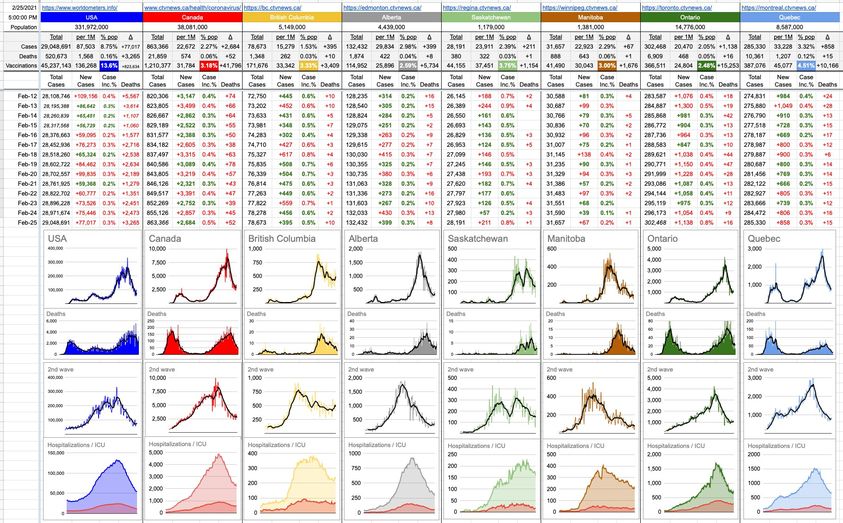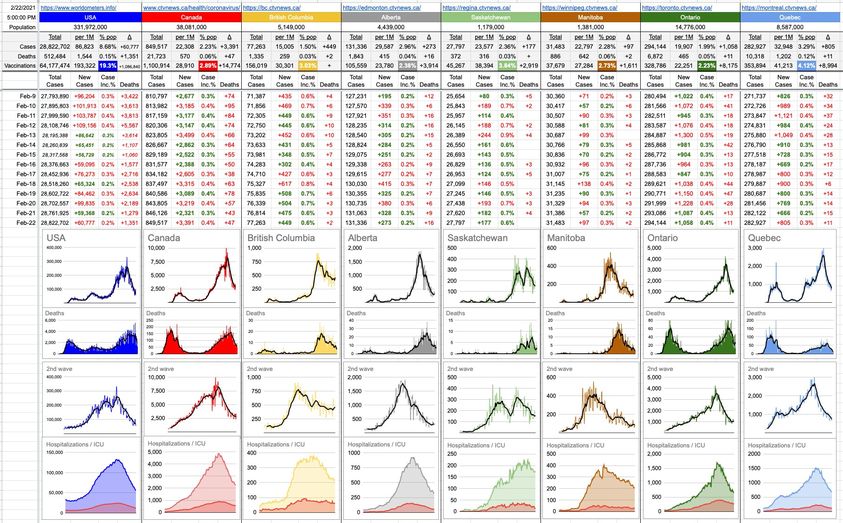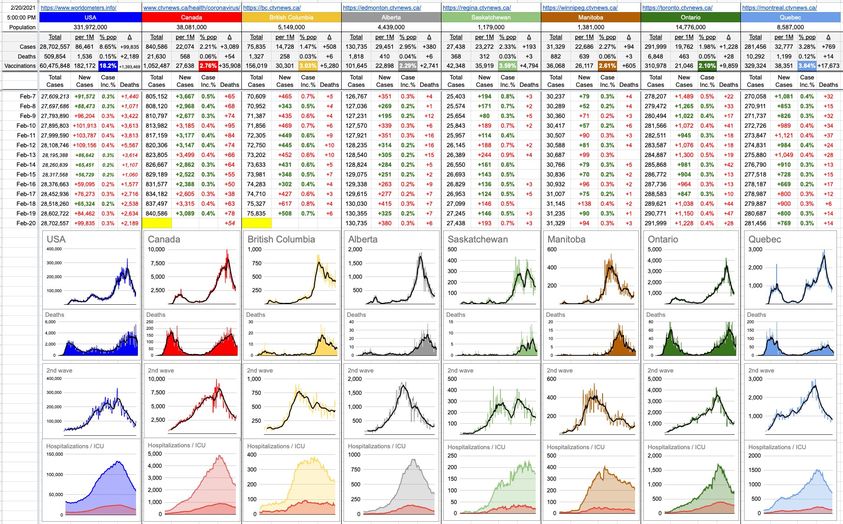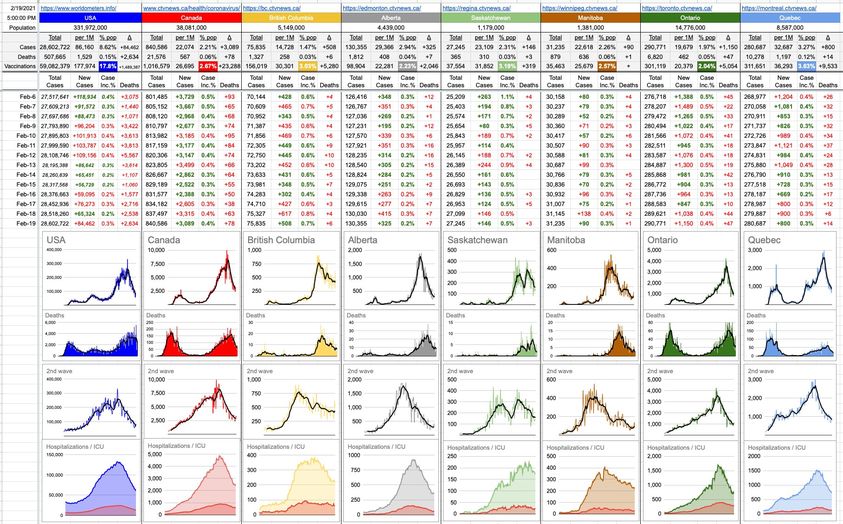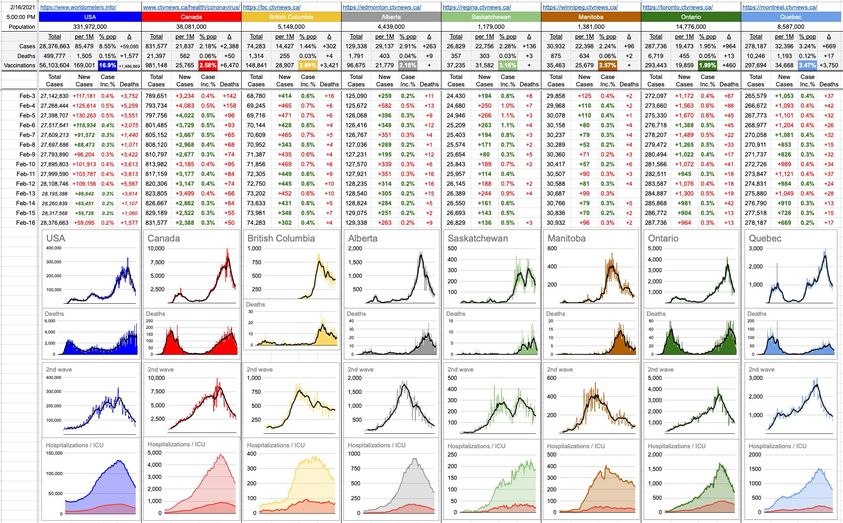February 25, 2021
Leap years… leap seconds… even, with some calendars, leap months… these tiny (or not-so-tiny) course corrections are necessary because, unfortunately, the earth doesn’t rotate exactly every 24-hours, nor does it orbit the sun exactly every 365 days. At the moment, one rotation is 23 hours, 56 minutes, 4.09053 seconds. One year is 365.2422 of those rotations. These are not nice, round numbers to work with… and even if they were, the earth is slowing down, so it’d all have to change eventually. In fact, they change continually.
The people who manage all this keep careful track of it, and often fiddle with it without us even knowing. If you weren’t aware of it, you certainly would’ve missed the extra second that was tagged on to New Year’s Eve in 2016. Approaching midnight, the time went from 11:59:58… to 11:59:59… to 11:59:60 (!) before continuing on to 12:00:00am, January 1st, 2017.
If those little adjustments didn’t take place, the errors would accumulate. The sun would start rising and setting at weird times. It would snow in Spring and get super-hot in late Autumn. And, once in a while, having not kept up with the corrections, some abrupt fixes would need to be implemented.
The calendar we’re all familiar with is the Gregorian calendar, which was preceded by the less-accurate Julian calendar… and not everyone switched over at the same time. While the Gregorian calendar was adopted in places line France, Italy and Spain back in 1582, it wasn’t until 1752 that the U.S. and Canada switched over… and since the Julian calendar is less accurate with respect to leap-anythings, it was falling further and further behind. In 1582, it required a 10-day adjustment. When Canada and the U.S. did it, it required 11 days… and when Turkey and Greece finally made the change, less than 100 years ago, they had to drop 13 days from existence. History is full of stories of landlords who tried to charge a full month’s rent during those half-month switches; you can imagine how popular that was…
Indeed, that’s what happens when you keep letting errors pile up; they become more difficult to correct down the road.
All of this is relevant because of the data and charts you see attached to this little blurb… and it has to do with the inconsistency of the data with respect to testing and cases and deaths and vaccinations. Like I wrote about recently, if you have one watch, you know what time it is. If you have more than one, you’re not so sure.
I have managed, I think, to consolidate and normalize all the data so that going forward, it’s not quite so apples-to-oranges. But to get things to align, there’s a bit of a Julian/Gregorian leap-year adjusting to do. In some calendar switchovers, a February 30th was added just to make it work; think of it like that.
Actually, it’s not so bad… but here’s what’s changed, if you’ve been following closely:
The U.S vaccination number has gone down. I’d previously been getting a number that was confusing with respect to its allocation of first and second doses. The number now is up-to-date, and certainly only first doses. It’s also dropped the vaccinated population percentage from 20% down to less than 14%.
While it’s important to know how many doses have been dished out, it’s more important to know how many individuals have had at least one. Now, for all the data, … U.S., Canada and all the provinces, those numbers should be accurate and far-more up-to-date than before for “at least one dose” – as well as the vaccinated population percentages that go along with it. Note how Quebec seems to be way ahead of other provinces; in a way, they are… that’s an accurate representation of first doses they’ve injected. Along with that goes the not-so-irrelevant-fact that they still have yet to dish out a single second dose.
The other number that changed radically is Ontario. They had 1,138 new cases today, and that’s what I wrote down… even though the case counts grew by 5,000. Why? Because the new data source is a bit more ahead of the game; they tap into the individual health departments instead of reporting the single province-wide number that’s relayed daily. Ahead or behind the curve isn’t as important as it being the correct curve, and that representation hasn’t changed. Now that everything is newly-aligned, it should work just fine going forward… but looking at today’s data feels a bit like those lost 10 or 11 days… like things don’t add up. But they do.
16 Likes, 2 Shares


